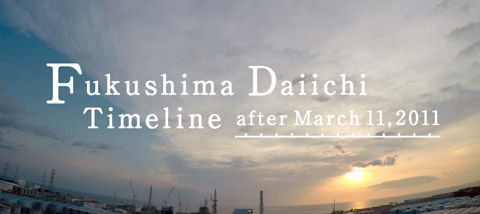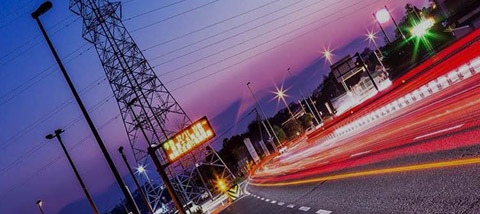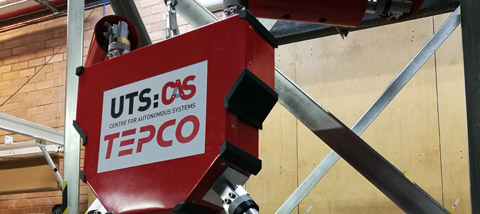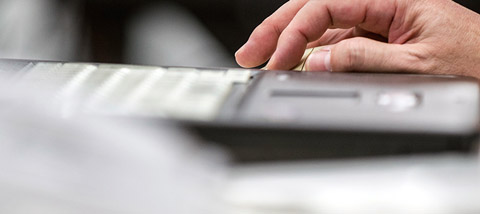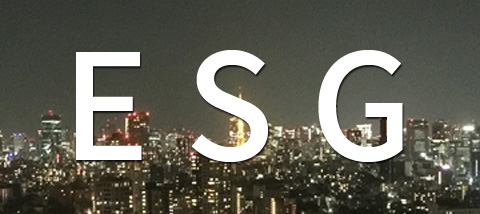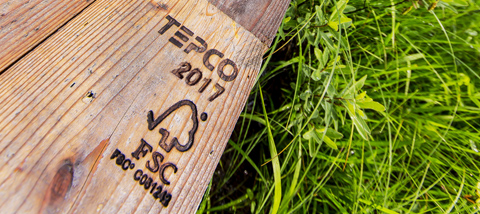2.3 Countermeasures to Protect the Ocean
The water that was injected into the reactor has become highly contaminated and has accumulated at the basements of the reactor and turbine buildings. We discovered that highly contaminated water had leaked out near the Unit 2 intake in April 2011 and near the Unit 3 intake in May 2011. Although we immediately stopped the leakage, we have taken several countermeasures to prevent recurrences.
First, we implemented the following leakage prevention measures; filled the trench (underground tunnel) opening near the intake with concrete or other materials, built silt fences to close off the entrance leading to the intake, and built a separating wall using concrete blocks at the intake entrance.
Second, we placed steel pipe sheet piles at damaged locations of the existing permeation prevention structure due to the tsunami in order to mitigate the dispersal of leaked radioactive materials to the ocean. Currently, a water shielding wall to prevent the spread of ocean contamination is under construction.
Finally, since it is presumed that leaked radioactive materials have deposited on the seabed, we are covering the seabed of the site harbor with soil consisting of a mixture of cement and clay in order to prevent these radioactive deposits from whirling up during weather disturbances or turbulence from passing boats.
1) Leakage stop at units 2-3 and leakage prevention measures
We found that approximately 520 m3 of highly contaminated water had leaked out near the Unit 2 intake on April 2 and approximately 250 m3 had leaked out near the Unit 3 intake on May 11. These leakages came from the highly contaminated water that had accumulated at the basements of the turbine building and had leaked out to the site harbor from the trench located between the turbine building and the intake that was damaged by the earthquake or tsunami.
The leakage at Unit 2 was finally stopped on April 6 2011 and we were able to stop the Unit 3 leakage on the day it was found.
We injected coagulator into the surrounding areas where leaks were found (chemical grouting method) in order to stop the leakage of highly contaminated water from Unit 2. As this method is effective in stopping underground water, we decided to adopt it for this leakage. Following the treatment, in order to ensure stoppage we implemented the cement grouting method. The work done to stop the leakage was done around the clock by dozens of workers.
By June 2011, we plugged up all possible leakage points to prevent recurrences. Furthermore, we closed off the entrances to the intake of Units 1-4 with silt fences in April 2011, and closed off the intake of Units 1-4 with a separating concrete block wall in June 2011.
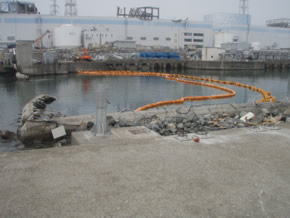
Photo 15. Silt fence (photographed on April 10, 2011)
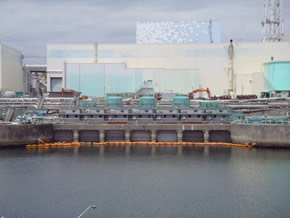
Photo 16. Unit 2 water intake (from sea side, after construction)(photographed on June 30, 2011)
2) Countermeasures to protect the ocean from the spread of radioactive materials
From July to September 2011, in order to mitigate radioactive material dispersal into the ocean, we placed steel pipe sheet piles at the permeation prevention structure located near the southern water intake open conduit of Units 1-4.
In addition, from October 2011, in order to protect the ocean from contaminated ground water, we began constructing a water shielding wall in front of the existing seawall of Units 1-4 which is scheduled to be completed in 2014.
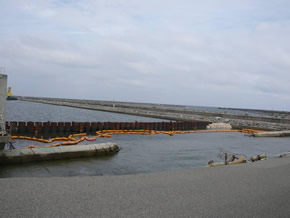
Photo 17. Restoration work of permeation prevention structure near the southern water intake open conduit of Unit 1 to 4
(photographed on September 28)
3) Countermeasures to prevent contamination from the seabed
We are covering the seabed of the site harbor with soil consisting of a mixture of cement and clay in order to prevent radioactive materials deposited in the seabed from whirling up during weather disturbances or turbulence from passing boats.
Furthermore, radioactive material concentration surveys in the seawater are conducted daily so as to be able to detect any potential leakage on the spot.
Result of Radioactive Nuclide Analysis around Fukushima Daiichi Nuclear Power Station
(Reference) Nuclide analysis results outside the station
*As of March 13, 2012, we have made the following correction on our homepage.
[original](Reference) Radiation measured outside the station
[revised](Reference) Nuclide analysis results outside the station









